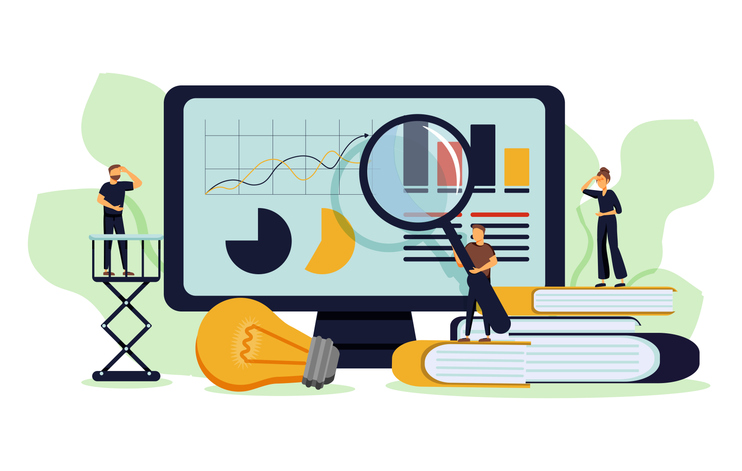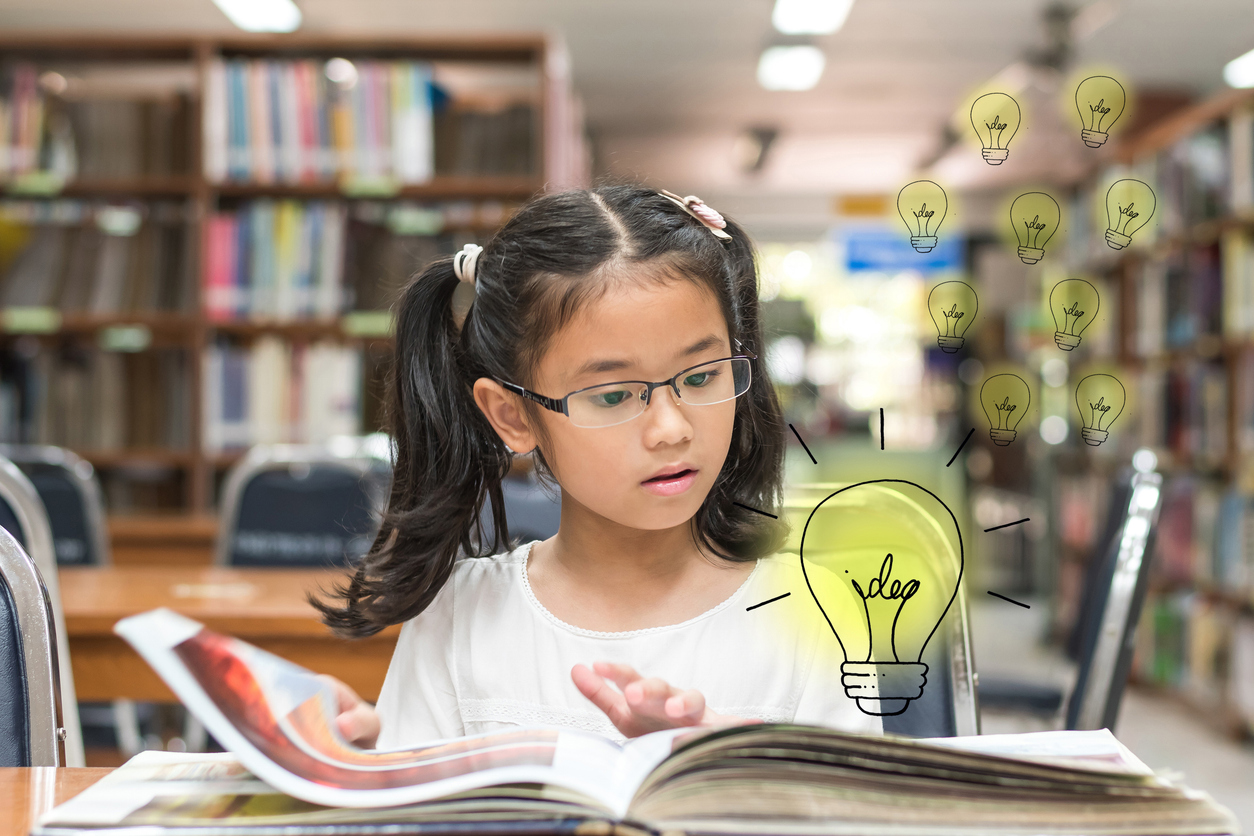Using Technology to Differentiate Instruction
Tailoring instruction to meet the diverse needs of students has never been more critical in the ever-evolving landscape of education. Differentiated instruction is a strategy designed to address a classroom’s varying learning styles, interests, and abilities. Differentiated instruction is key to fostering an inclusive and effective learning environment. However, many traditional methods that once seemed innovative are now considered outdated and less effective.
Leveraging technology can transform how we engage students, personalize learning, and assess student progress. Educators must recognize and move beyond approaches that no longer serve students by embracing tech-driven strategies that better support diverse learners. In this post, we’ll examine some traditional differentiated instruction practices that are less effective and highlight modern, technology-enhanced alternatives.
Let’s jump right in! It’s important to acknowledge that the following traditional methods of differentiated instruction once served their purpose. They provided the foundation on which we can now innovate by leveraging technology to achieve even better results.
One- Size-Fits-All Grouping
- Overview: Placing students into fixed long-term groups based on perceived ability levels like high, medium, or low.
- The issue in Modern Education: This practice can lead to fixed mindsets, where students believe their abilities are unchangeable. Typically, these student groups remain static, offering few chances for students to progress to higher levels. Even when opportunities for advancement exist, lower-performing students can face stigma, which hampers their growth potential.
- Modern Alternatives Enhanced by Technology: Utilize technological platforms that provide real-time data on student performance to create flexible grouping that changes based on specific skills or topics. This allows for dynamic and mixed-ability interactions where students are continually placed in environments that challenge and support their growth.
Paper-Based Assessments
- Overview: Only using paper-based tests and quizzes for assessing student learning.
- The issue in Modern Education: Traditional assessments often provide a limited view of students’ understanding and do not accommodate diverse ways of demonstrating knowledge.
- Modern Alternatives Enhanced by Technology: Adopt digital assessments and performance-based tasks that allow for more varied and authentic demonstrations of learning. Explore formative assessment technologies provide immediate feedback and data that can inform future instruction.
Uniform Pacing for All Students
- Overview: Teaching all students at the same pace regardless of their individual needs and readiness levels.
- The issue in Modern Education: This practice can cause some students to fall behind while others become bored and disengaged
- Modern Alternatives Enhanced by Technology: Move toward differentiated pacing and personalized learning paths to enable students to progress through material at their own speed, within reasonable limits. The Modern Classroom Project and other flipped classroom models exemplify mastery-based, self-paced blended learning options.
Ignoring Student Voice and Choice
- Overview: Prescriptive teaching methods that do not consider students’ interests, preferences, or input into their learning process.
- The issue in Modern Education: Similar to uniform pacing, this approach can result in student disengagement and a lack of motivation, as students may not feel ownership of their learning. Additionally, it can manifest as standardized curricula that fail to accommodate diverse cultural backgrounds.
- Modern Alternatives Enhanced by Technology: Integrate customizable digital curricula and adaptive learning platforms. These tools enable tailoring content to individual student needs, interests, and cultural contexts, fostering engagement by allowing students to pursue topics of interest and demonstrate understanding in varied ways.
Reducing High-Ability Learners to Tutors
- Overview: Assigning higher-performing students as tutors to assist lower-performing peers without training, support, and considering their own learning needs.
- The issue in Modern Education: This practice assumes that academic achievement correlates with teaching ability. It can lead to frustration and ineffective support for struggling students, as tutors may lack pedagogical skills or empathy for diverse learning challenges.
- Modern Alternatives Enhanced by Technology: Provide higher-achieving students with extension activities or enrichment projects that align with their interests and capabilities. This allows teachers more time to focus on providing targeted support and personalized instruction to lower-performing students, ensuring all learners receive appropriate guidance and encouragement.
Takeaways
With new tools and access to technology, educators are increasingly able move beyond traditional and less effective differentiation practices.
- By doing so, educators can create more inclusive and effective learning environments.
- Incorporating modern tech-based alternatives such as flexible grouping, adaptive learning technology, and student-centered approaches in the classroom, fosters personalized learning experiences that cater to the diverse needs and interests of students.
- These shifts will allow students to be empowered to take ownership of their learning, engage more deeply in content, and develop essential skills for the future.
- By leveraging technology wisely, educators can not only enhance instructional effectiveness but also cultivate a supportive and equitable classroom where students can thrive. Ultimately, by embracing innovation and flexibility in educational practices, we pave the way for more meaningful and impactful learning experiences for ALL learners.
Adopting cutting-edge technologies and progressive teaching models in your classrooms can help you create engaging, personalized learning experiences for every student. Together, we can shape the future of education and ensure every learner reaches their full potential. Learn more about how Progress Learning can help you improve your classroom with software solutions by requesting a demo.


